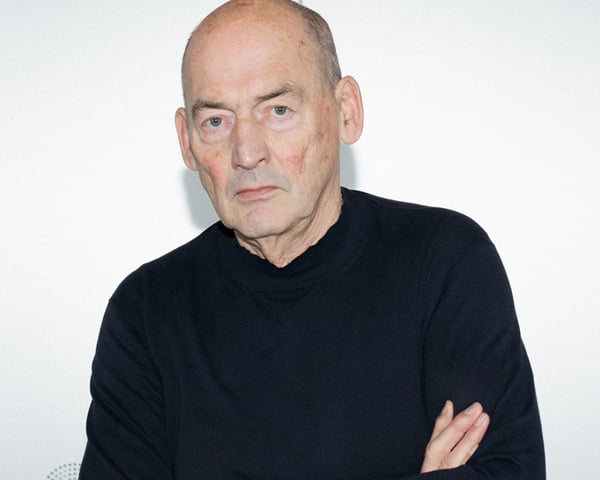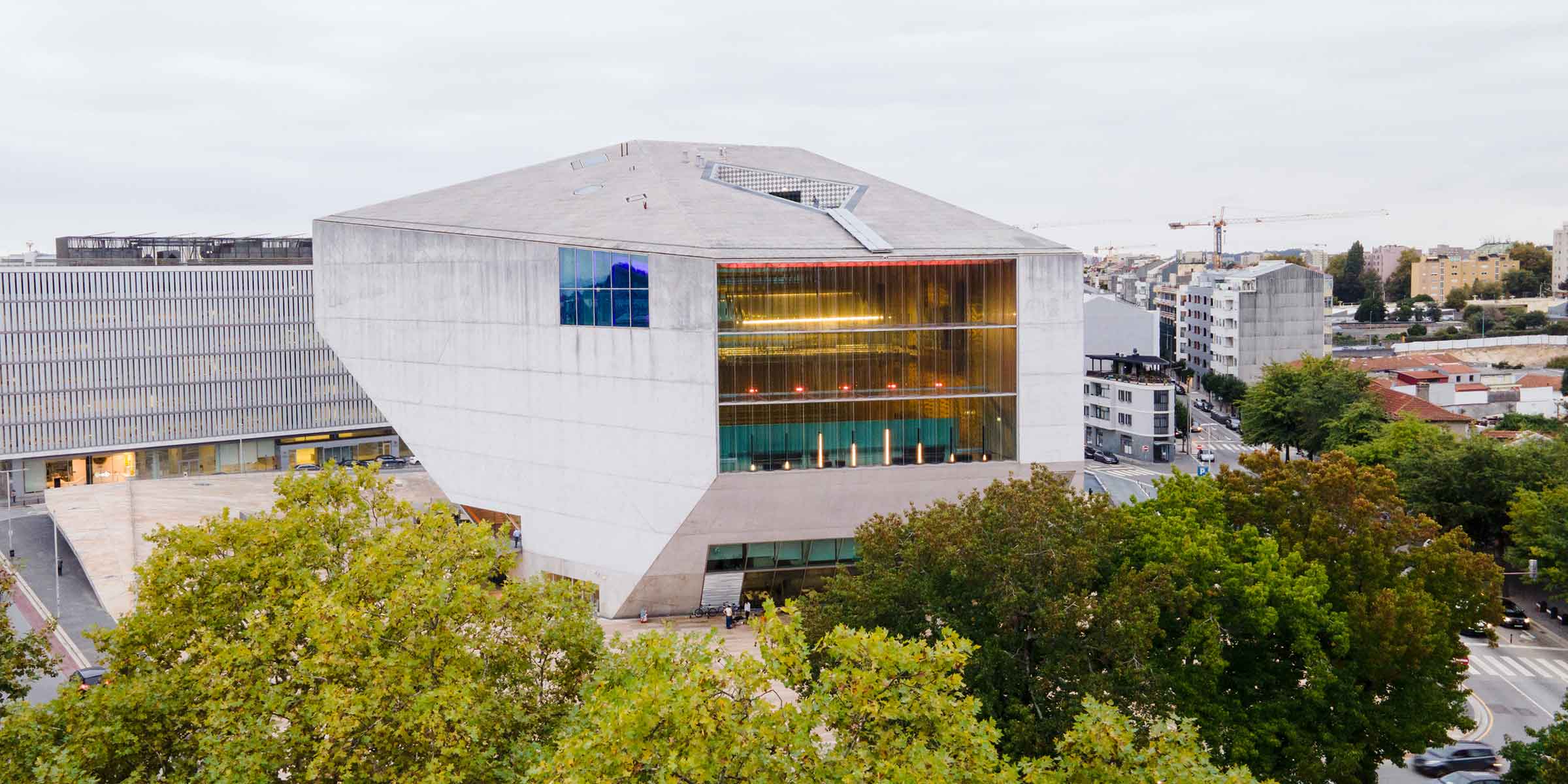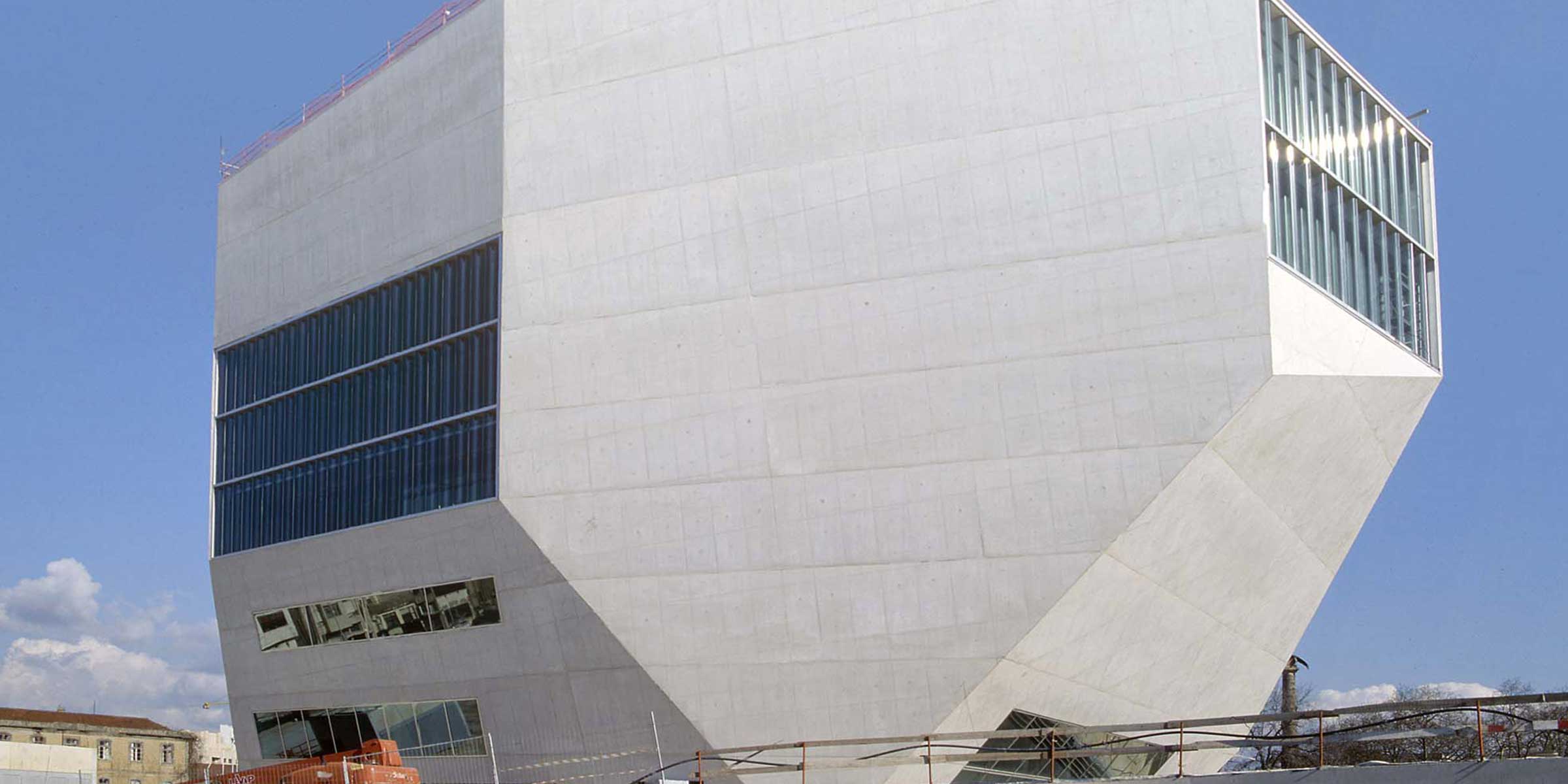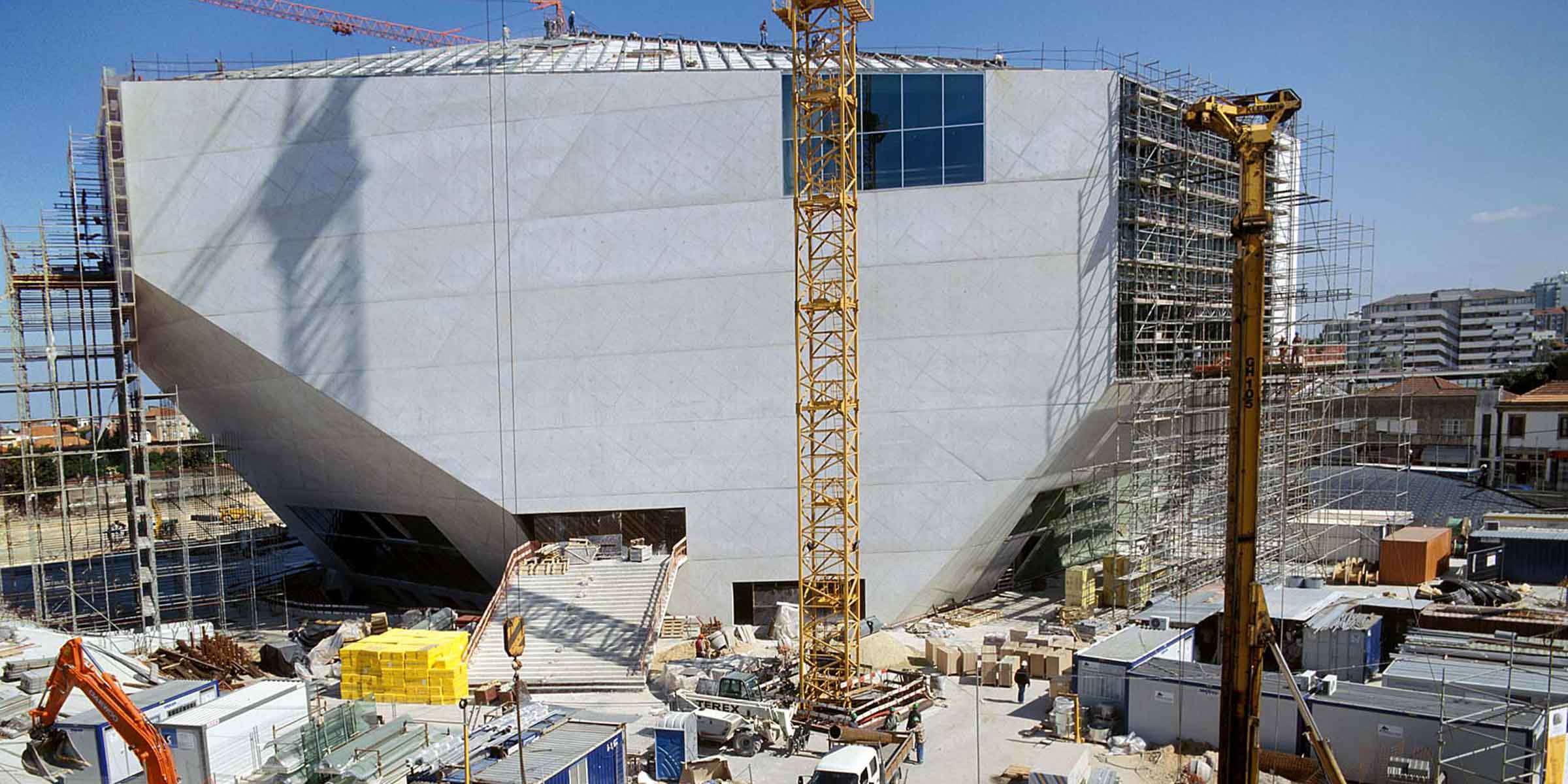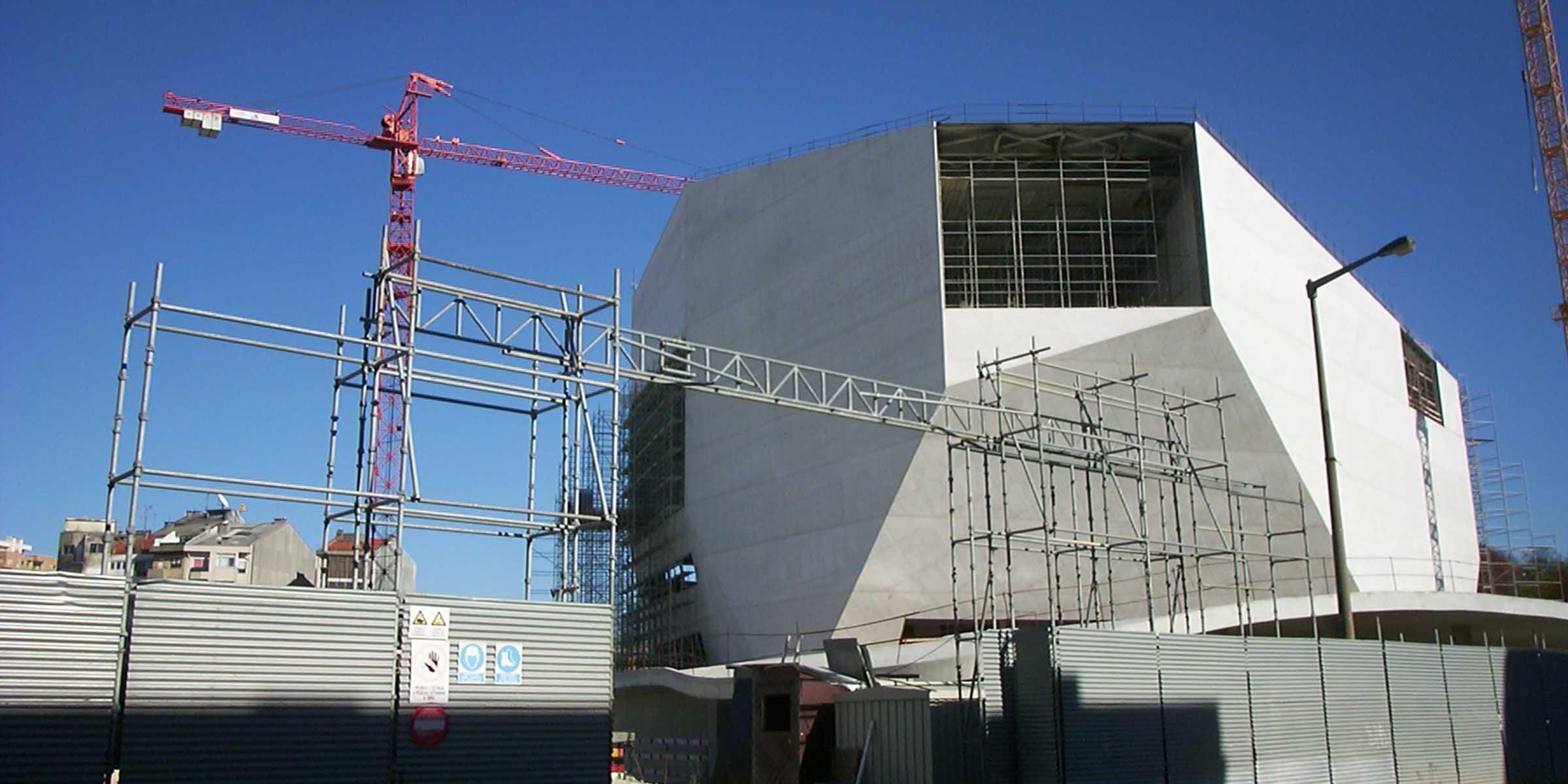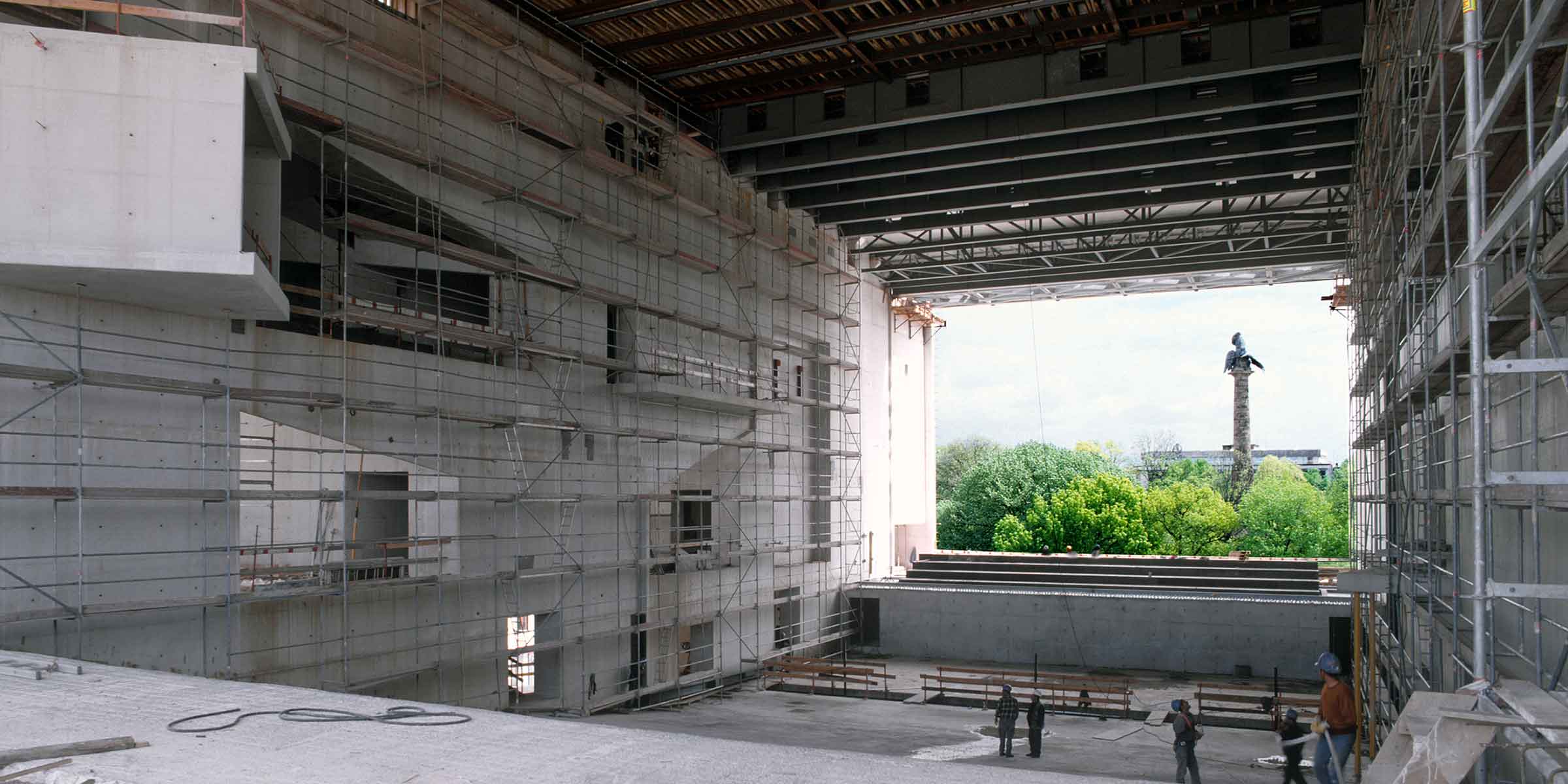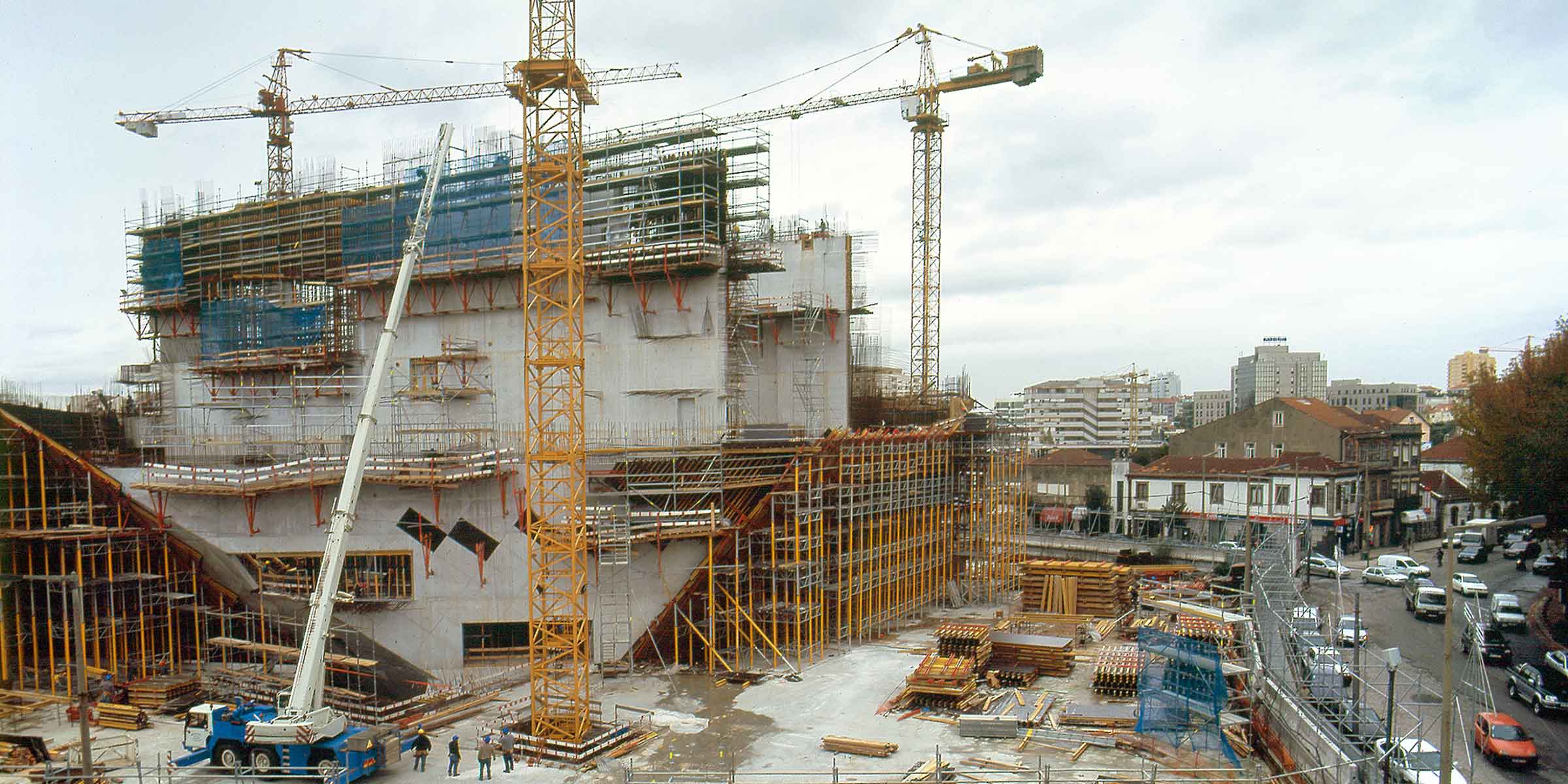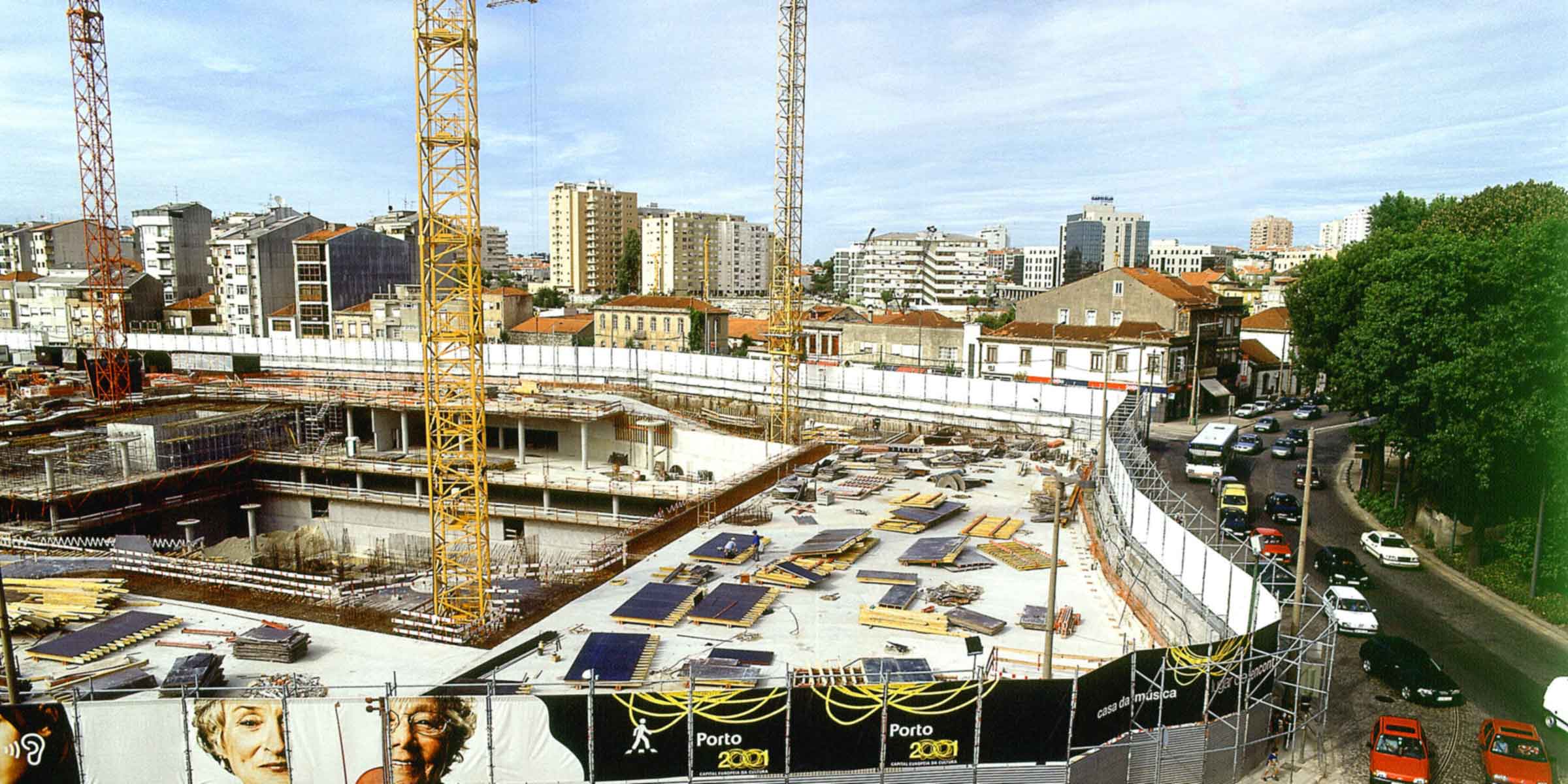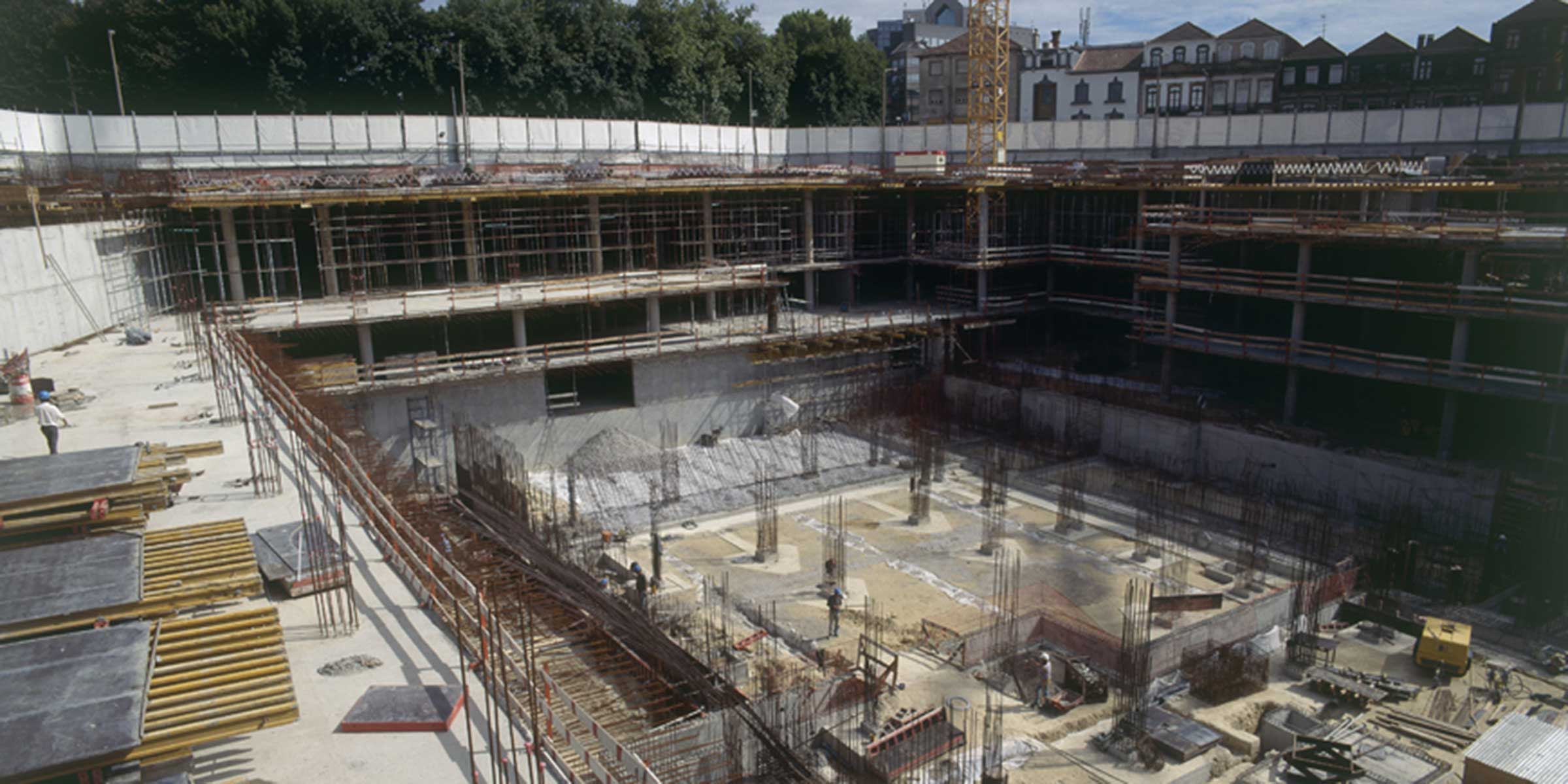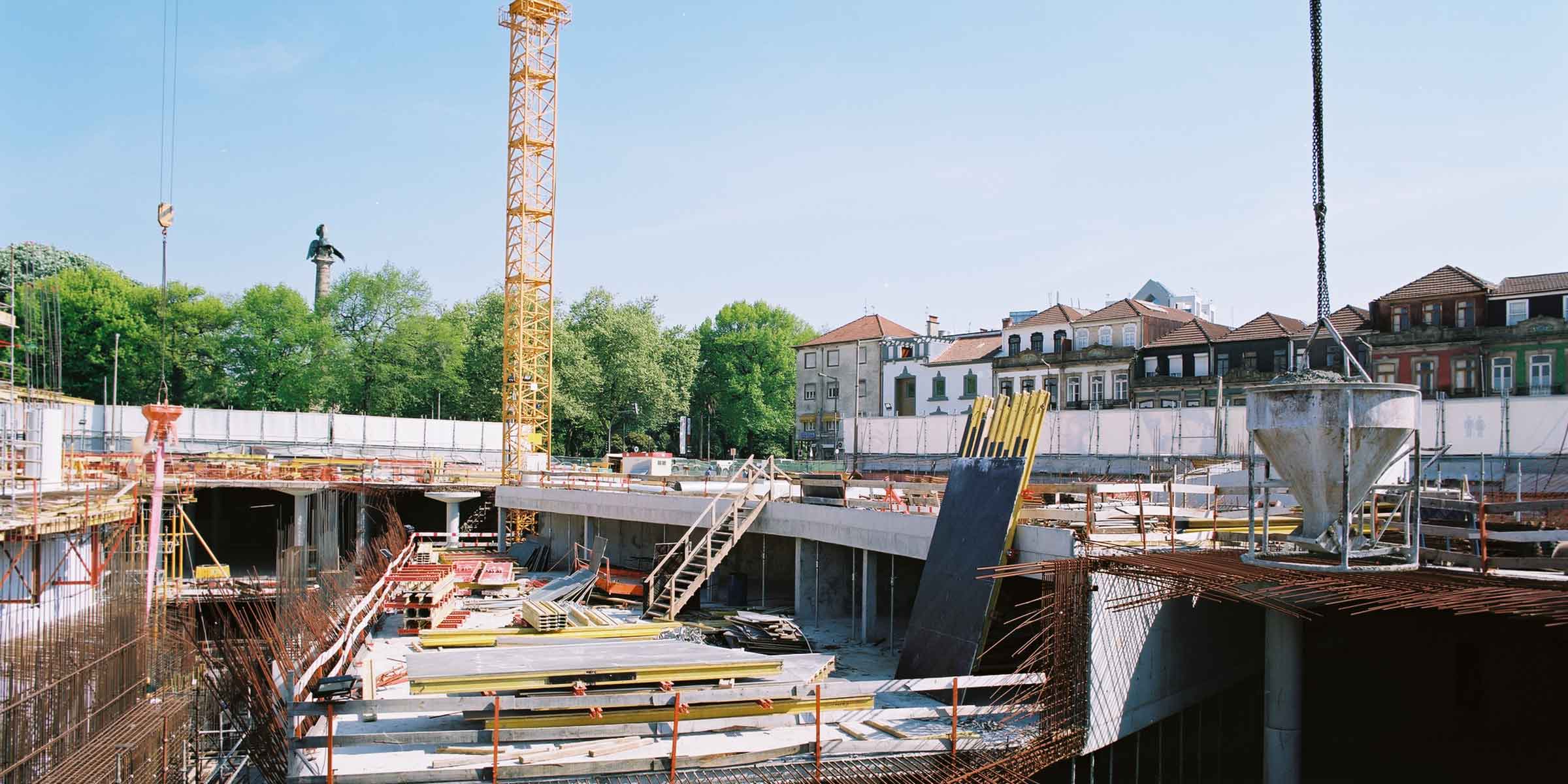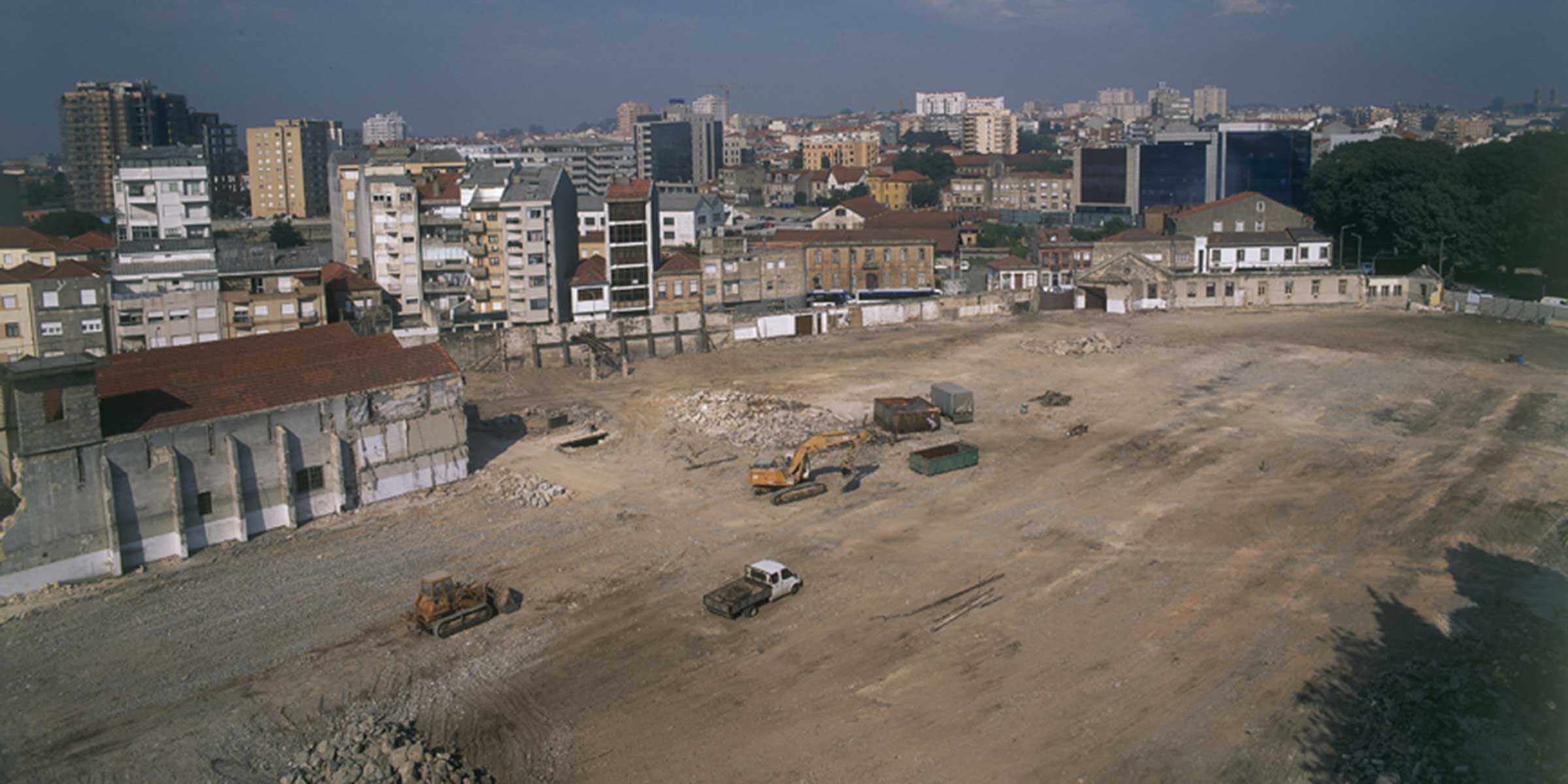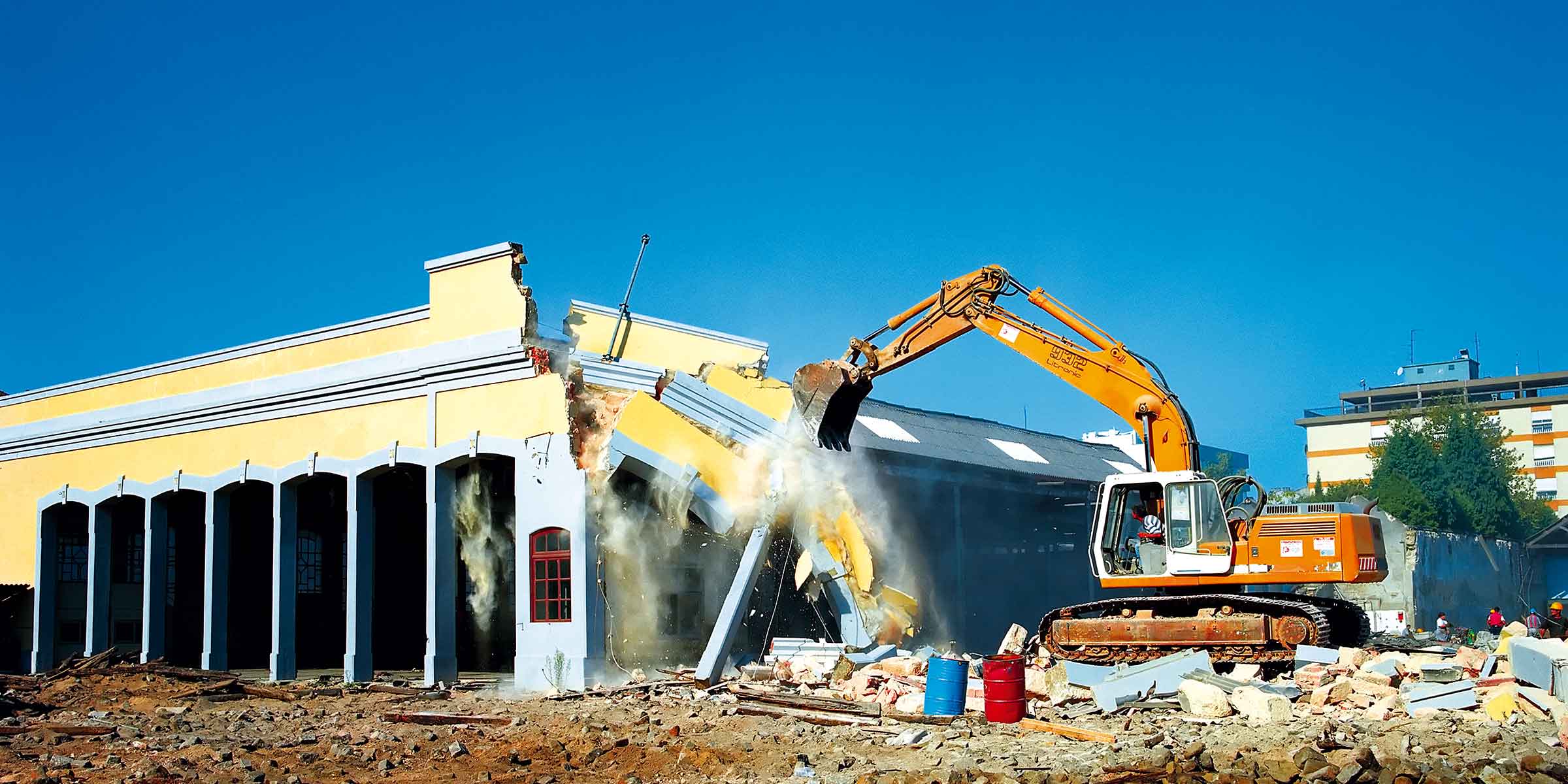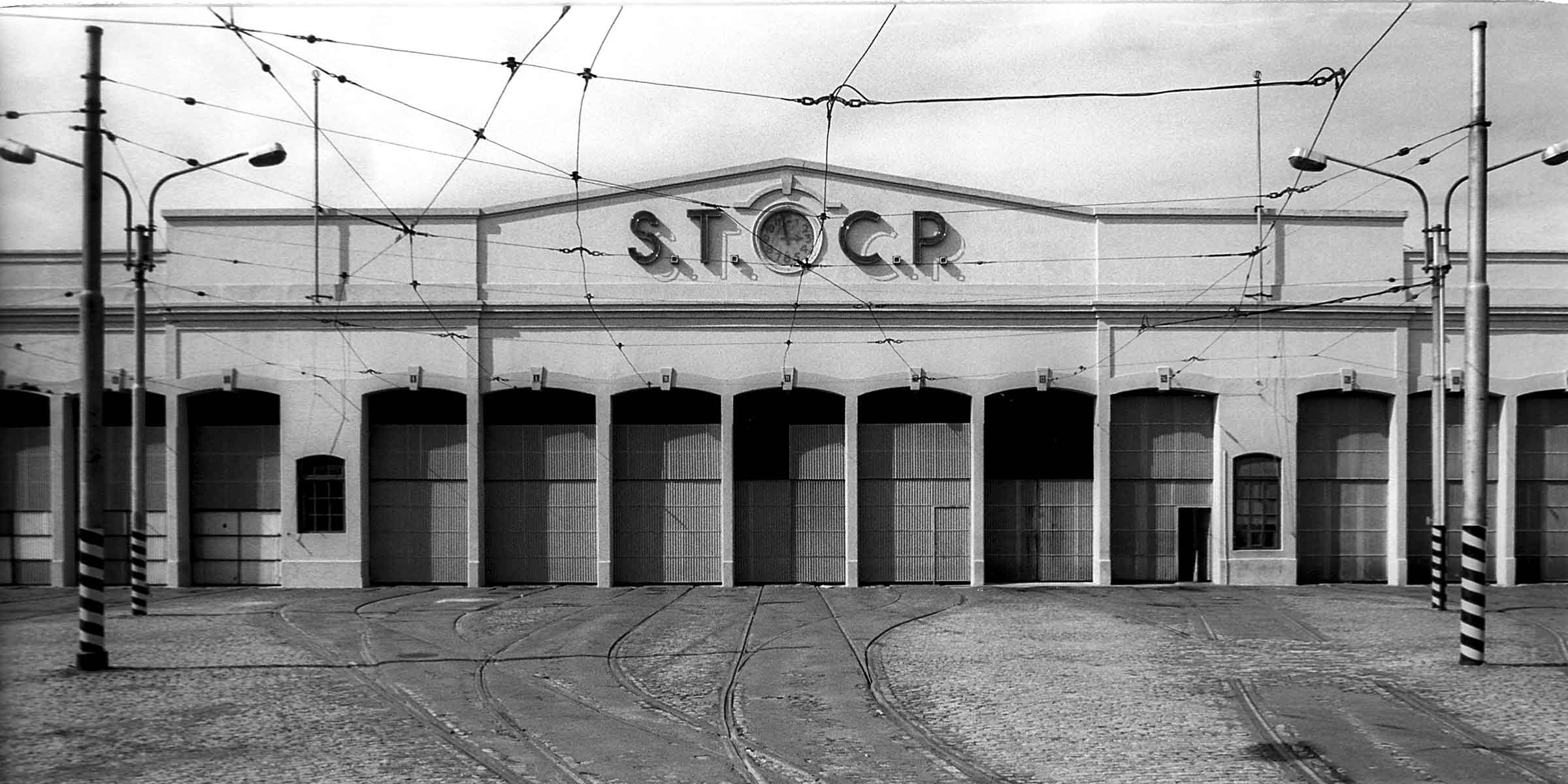The Construction
In 1998, the cities of Porto and Rotterdam were chosen as European Capitals of Culture for 2001. Following the announcement, a long complex process involving resource management, led to the creation of artistic, social, and educational programmes being set in motion under the responsibility of the newly created Porto 2001, S.A. Among other initiatives, the promising idea of Casa da Música was launched, a building with unique characteristics where Music would be offered a residence.
The CONSTRUCTION
In March 1999, Porto 2001, S.A. and the Municipality of Porto negotiated the concession and use of land to build Casa da Música. At the time, the choice was highly publicized as this required the demolition of the Porto Tram Terminal Station (known as Remise), managed by STCP. Other location options were considered, but it was concluded that the site itself—and therefore the future Casa da Música—would bring about a necessary urban and social renewal dynamic to Praça Mouzinho de Albuquerque.
In mid-1999, the Architecture Competition for the Casa da Música project was launched. To limit the submissions to professionals with proven experience in architecture projects of this nature and magnitude, invitations were extended to the best of the best, including Hadid, Zumthor, Foster, Siza Vieira, Koolhaas, Herzog, and de Meuron. Out of a total of 26 applications, 15 were from foreign architects. Given the short duration of the competition process, which would be concluded in six months, seven architects (Dominique Perrault, Norman Foster, Peter Zumthor, Rafael Moneo, Rafael Viñoly, Rem Koolhaas, and Toyo Ito) advanced to the second phase, and only three to the third and final phase. The projects presented were authored by Dominique Perrault, Rafael Viñoly, and Rem Koolhaas.
The evaluation committee for the projects included Pedro Burmester, Nuno Cardoso, Manuel Correia Fernandes, Eduardo Souto de Moura, Ricardo Pais, Manuel Salgado, Artur Santos Silva and Álvaro Siza Vieira. While Perrault’s and Viñoly’s projects showed great technical competence in some aspects, they were also lighter in form and aesthetic expression. Koolhaas’s project allowed for a universal adaptation of the building’s internal and external spaces, a fluent and coherent language in the use of easily maintainable materials, and, above all, a formal singularity. The strong visual dominance of the building was significant in its selection, in line with the purpose stated by the Porto 2001 Company (Sociedade Porto 2001) to seek a new identity, a landmark, an icon, and a point of reference for the city.
The Design
Rem Koolhaas repurposed a previous project, the “Y2K” house, and transformed, shaped, expanded, and ultimately adapted this to a radically different scale and programme. Demonstrating all his proficiency and genius in the metamorphosis carried out, he presented a House of Music which translated into a statement of style, an aesthetic convention, an unmistakable signature.
The main characteristic of the project is the visual continuity established not only between the interior and exterior but also among the reference spaces within the building itself. There is a relationship of mystery, an ambiguity that provokes the senses, a sensation of a “box of surprises” that accompanies the journey from start to finish.
From what was supposed to be a residence of about 200 m2, Koolhaas turned it into a cultural building of almost 38,000 m2.
REM KOOLHAAS
Rem Koolhaas was born in the Netherlands in 1944 and studied Architecture in London. He is an undisputed reference in contemporary architecture, the author of a body of work marked by numerous distinctions, such as the Pritzker Prize and the Mies van der Rohe Award for European Architecture. In 1975, Koolhaas founded OMA (Office for Metropolitan Architecture) in Rotterdam, the firm that, in 1999, presented the winning proposal for the Casa da Música in Porto. In 2007, Casa da Música was awarded the Royal Institute of British Architects (RIBA) prize, with the jury describing the building as “intriguing, unsettling, and dynamic”.
